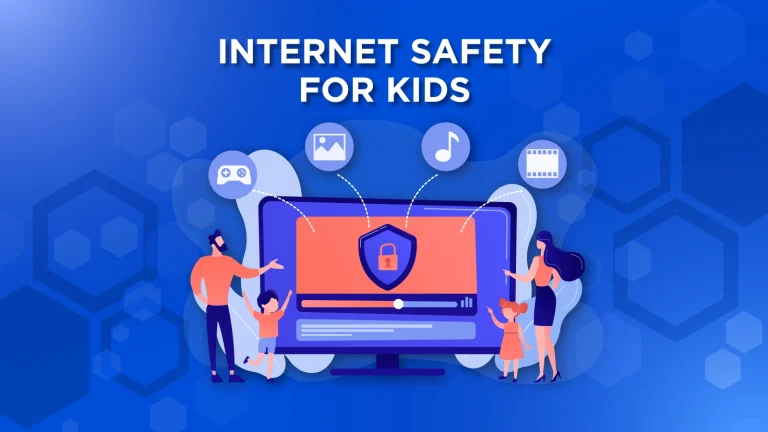
FAQs:
1. At what age should I start teaching my children online safety?
It is recommended that your children be introduced to online safety concepts as soon as they start using digital devices. Tailor the discussion to their age and gradually increase awareness as they grow.
2. How can we monitor children’s online activities without violating their privacy?
Take a balanced approach by using parental control tools, setting guidelines, and maintaining open communication. Work to create an environment where your children feel comfortable discussing their online experiences.
3. What are the top signs that my child may be experiencing cyberbullying or other internet problems?
Watch for signs such as sudden changes in behaviour, withdrawal from social activities, or reluctance to discuss online experiences. Keeping communication open makes it easier for your child to trust you.
4. Are there educational resources to teach children about online safety?
Yes, there are several educational resources, websites and apps designed to teach children about online safety. Find content appropriate for your child’s age.
5. How can I work with my child’s school to improve online safety?
Attend school workshops and conferences on online safety and actively participate in measures to promote responsible online behaviour. Advocate for the inclusion of cybersecurity programs in school curricula.